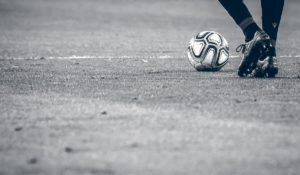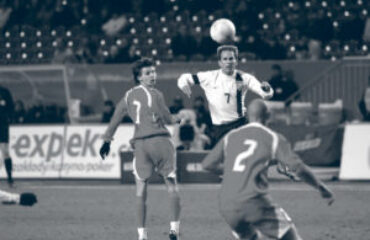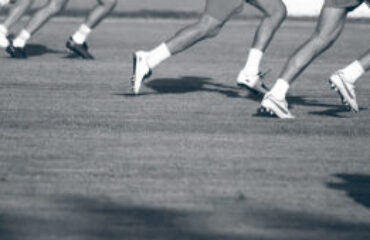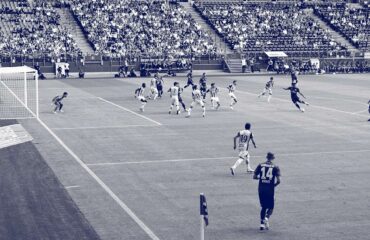THEORETICAL FRAMEWORK
A complete ACL rupture in a professional football player is a potentially career-threatening injury. In professional football practically all the ACL ruptures are surgically reconstructed (ACLr) and entail a time-loss highly variable ranging between 6 to 12 months of rehabilitation. Also, and as described thoroughly in the FSI Master in Football Injuries Reconditioning and Prevention, after the return to play (RTP), a high risk of re-injury persists, meaning that ∼10% of the players will experience a graft re-rupture or contralateral tear.
Perhaps more concerning, it has been shown that 3 years after this injury only 65% of the injured top-level players remain in top-level competition, indicating a strong reduction in football performance. It is possible that these unsatisfactory results are due to hidden and persistent functional residual limitations after RTP. Trying to detect these limitations, several functional tests are frequently used. Among these, jumping tests have shown greater inter-limb asymmetry as compared with change-of-direction tasks 9 months after ACLr.
“Only 65% of the injured top-level players remain in top-level competition, indicating a strong reduction in football performance”
PAPER RESULTS
In this paper by Paul Read and cols. from the Aspetar Hospital in Doha, a countermovement jump (CMJ) test with a dual force plate, was used in professional football players in different moments (<6, 6-9, and >9 months) post-ACLr, to compare their performance with that of matched healthy players, in different kinetic variables extracted from the test, finding that players in the later phases of rehabilitation increased their jump performance, but the inter-limb symmetry >9 months post-ACLr was still significantly lower than that of the healthy matched controls (P > 05, effect sizes from “moderate” to “very large”) for the concentric impulse, concentric peak force, eccentric deceleration impulse, and eccentric deceleration rate of force development values; being the concentric impulse asymmetry the parameter most strongly associated with a history of ACLr, with odds ratios ranging from 1.50to 1.91.
“Players in the later phases of rehabilitation increased their jump performance, but the inter-limb symmetry >9 months post-ACLr was still significantly lower than that of the healthy matched controls”
FSI STATEMENTS
The presence of significant residual inter-limb deficits remaining > 9 months after ACLr, detected with a moderately demanding test like the CMJ, shows that even at this advanced stage of the RTP process, the football players maybe not completely prepared to perform at a high level. Maybe extending the rehabilitation process can diminish these impairments, but it seems likely that better surgical techniques and rehabilitation protocols need be developed to obtain better results for ACLr in football players in terms of time loss, re-injury incidence, and football performance after this injury.





